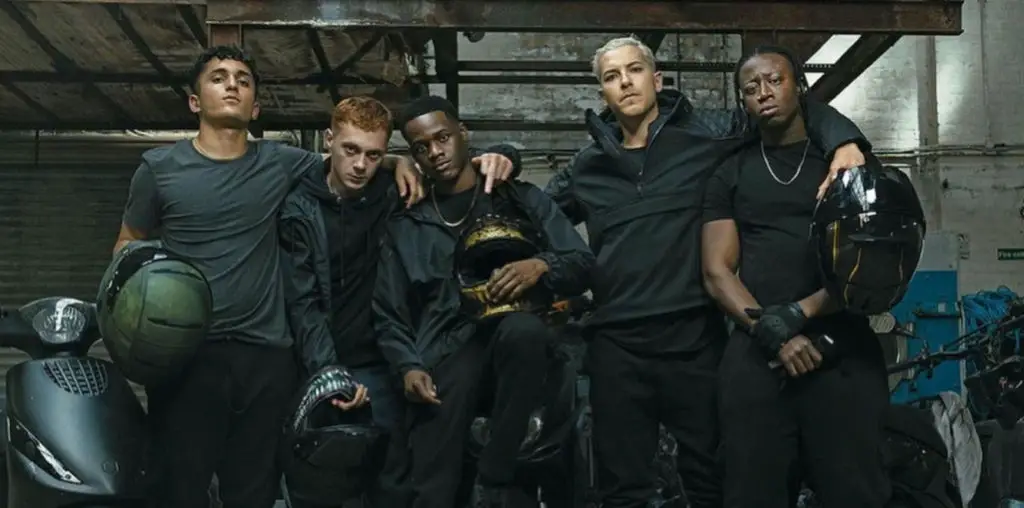
John Lasseter’s 1987 computer animated short Red’s Dream is incredible not only in terms of visual quality, but also in engaging the audience to identify with an inanimate object. Computer animation strives to produce a world that the viewer believes could be real. Red’s Dream constructs a scenario that is fantastic, but because it does so convincingly, the viewer accepts and believes what he sees. The camera, moving very much like it would in a live-action film, leads the viewer through a dark, wet street, and into a bike shop. The puddles on the ground and the neon sign in the store’s window create a realistic quality that cel animation cannot quite capture.
Lasseter’s greatest achievement with Red’s Dream is in its depiction of the unicycle that is on sale for $50. This little piece of metal, plastic, and rubber interacts with the audience just as a human would. Disney had a talent for anthropomorphizing inanimate objects by giving them eyes, limbs, and mouths. Lasseter does not draw a person out of the unicycle, and yet it conveys so much emotion. It does not even have that much screen time, but in the few minutes that it remembers its glory days of the past, the audience senses the unicycle’s individuality. Additionally, the viewer’s heart goes out to the red unicycle when it hobbles sadly into the corner of the room. Red’s Dream is a true indication that with the necessary manipulations of light and character design, computer animation can mesmerize the audience with as much precision as cel animation and live-action films.
